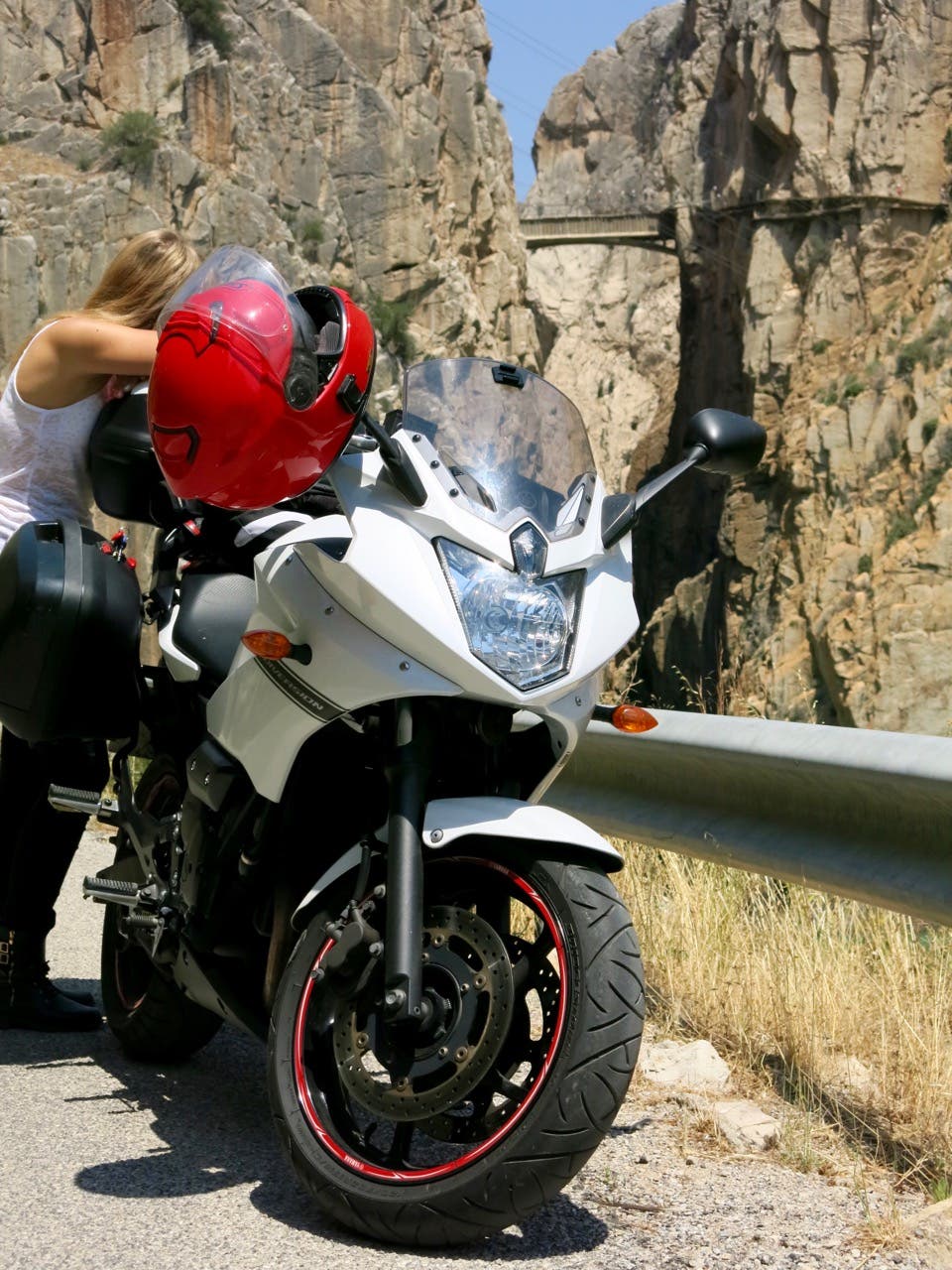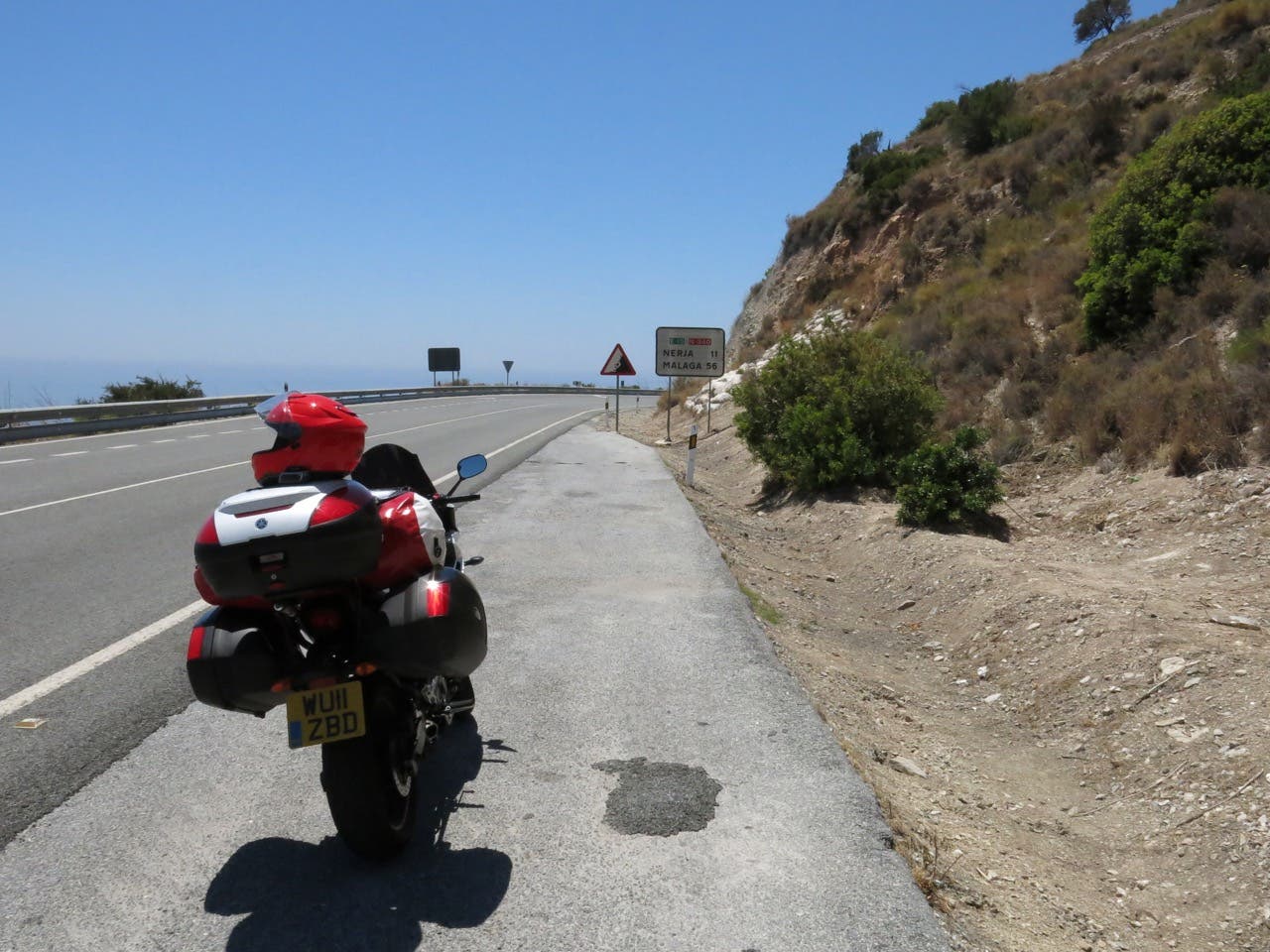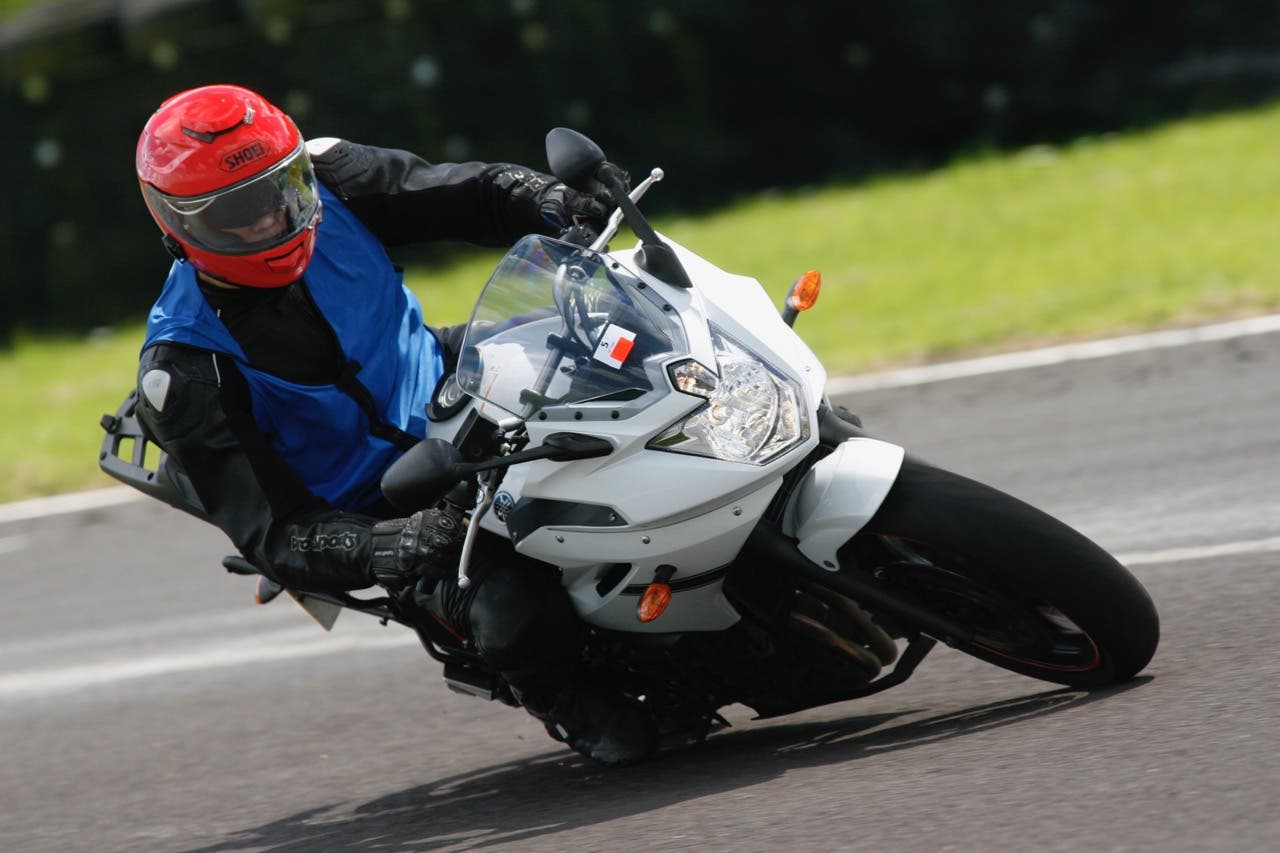Yamaha XJ6 Review
This week I thought it was time to share my thoughts on the Yamaha XJ6 Diversion. I have owned it for six years now, starting on a 33bhp restriction for two years and then unrestricted from then on. I've ridden quite a few other bikes, but I've never got around to selling it on - it's a great all round package that will do almost anything you ask of it.
The XJ6 is sadly no longer in production, it's been superseded by the MT-07 (another great bike), but it's become an excellent used buy. Low insurance costs, great reliability and a low price make it a very attractive motorcycle for the new rider or commuter, or anyone looking to get on two wheels on a big bike cheaply.
It's powered by a 600cc inline four engine and comes in three guises - the N, S and F. The N is the naked version, the S is half faired and includes a centre stand, the the F is fully faired and includes the centre stand, as well as ABS. All are identical underneath though, but the addition of a fairing changes the feel of the bike considerably.
The engine is a detuned unit, originally from an R6, before making its way into the FZ6 and then the XJ6. This means its top end power has been cut off, but a broad spread of torque can now be found which makes it very tractable in higher gears. The lack of a powerband can put thrill seekers off, but for me it makes it very easy to ride hard without being dangerous. A redline of 12000rpm gives those high rev thrills, with a much lower risk of planting yourself in a hedge. Third or fourth gear around town is also comfortable, so you aren't riding the clutch constantly, while the torque can get you out of trouble without fuss. On the open road the gearing isn't the longest, but fuel economy is strong (60mpg is possible with a gentle right wrist and sticking to 70mph), and you get used to the higher revs after a short while. A top speed of around 120-125mph is possible, but would probably be higher with longer gearing as it runs out of revs.
The chassis uses the engine as a stressed member, but is otherwise quite low tech, and unfortunately means it's a bit heavy for its size. Clever design has kept the bike slim however, and the weight very low to the ground, so you only notice the weight when pushing the bike up an incline. Suspension front and rear is adequate with conventional front forks and a preload adjustable rear monoshock - they're fine for a single rider beyond the track, but larger loads can overwhelm the rear shock especially. Hagon fork springs and rear shock have remedied this for me however, giving a much better ride and stability. The handling is more than a sum of its parts though - big, wide bars allow quick changes of direction and peg scraping is quite comfortably done. The pegs are quite low and are the real limit of its capabilities in the bends. The brakes are a dual disc setup at the front with a single disc at the rear - ABS is an option on the N and S. They're fairly powerful despite their basic nature and will stop you in a hurry without complaint. You can feel what's going on too, I've just locked the front wheel on a few of occasions of very hard braking and been able to release and reapply with relative ease on this bike - ideal for an inexperienced rider.
Refinement is mostly good for a bike of this size, and is only let down by vibrations which I'll come onto shortly. The inline four is very smooth, with decent fuelling from stock. The fairing takes out most of the windblast, though taller riders may find their head blown around a little, while the seat is a little thinly padded so can sometimes be tiresome on especially long trips, but I've found it sufficient most of the time - the pillion seat is also a decent size compared to some sportier bikes. The major thorn in the comfort of the bike are engine vibrations between 6000 and 7000rpm, which is around 70-80mph in top gear. You can feel them solely through the footpegs, but it depends on the thickness of your boot soles as to how badly you notice them. I've got fairly heavy boots, and big feet to slide around a bit, but it can be annoying at times on motorway trips. The engine is vibe free otherwise, so it's quite a shame this happens.
Shorter riders may find the XJ6 ideal for them - a fairly low seat height, combined with a relatively low width, especially for an inline four, and low centre of gravity make the bike very easy to handle at a standstill and low speeds. Larger riders could feel slightly too big, but I'm 6'2 and don't mind it too much - it makes it very hard to drop, even if you do cock up a bit! An accurate, if slightly heavy, clutch combine with this to make filtering an absolute breeze. As a commuter tool the XJ6 is ideal, especially in naked guise.
When it comes to the inevitable drop, the XJ6N will be the cheapest to repair, but the S can deal with drops quite well too. The F is most likely to get damaged in this case, but that's inherent in having a full fairing. Adding hard panniers or crash bungs can make the damage almost entirely superficial. The exhaust, while a little quiet, is completely tucked under the bike so doesn't come near the ground when dropped.
There are quite a range of accessories for the XJ6 thanks to its popularity, from full hard luggage from Givi, a vast array of screens, to most manufacturers making exhausts for it (Akrapovic being a notable exception). I've personally tooled mine up for touring with full hard luggage, a tall dark screen I can swap with the stock one, and a Givi tank bag ring. As a cheap middleweight it can hold its own with some much more expensive tourers now.
To summarise, I'm more than happy with how my XJ6 has served me - nothing has gone wrong with it in the 40000 miles of ownership through rain and sunshine, including multiple 1000+ mile trips on it. It may not be the most fancy of bikes, but it does exactly what it says on the tin - goes a decent speed, looks pretty good and handles whatever you throw at it with minimal complaint. For the new rider looking for a first big bike it's ideal, while for a cheap commuter or tourer it fits the bill perfectly. Sure it won't keep pace with supersports at the track, but it'll let you thrash it without scaring you senseless.
Like us on Facebook, follow us on Instagram and Twitter, subscribe to our mailing list to keep up to date on events happening at Bike Stop throughout the year, drop by to have a chat, have a delicious Lavazza coffee and a cake, or check out our fantastic range of the latest gear.







